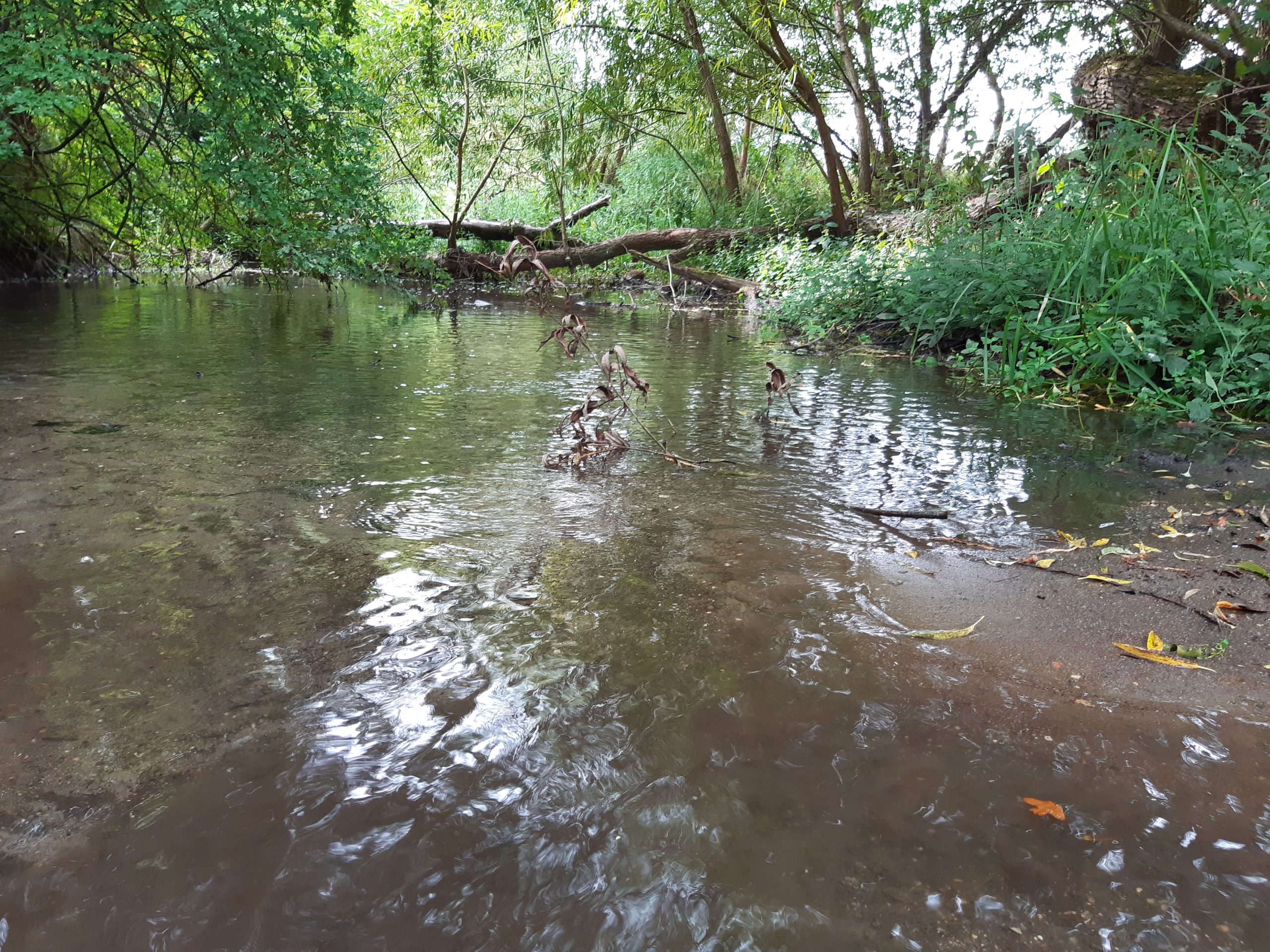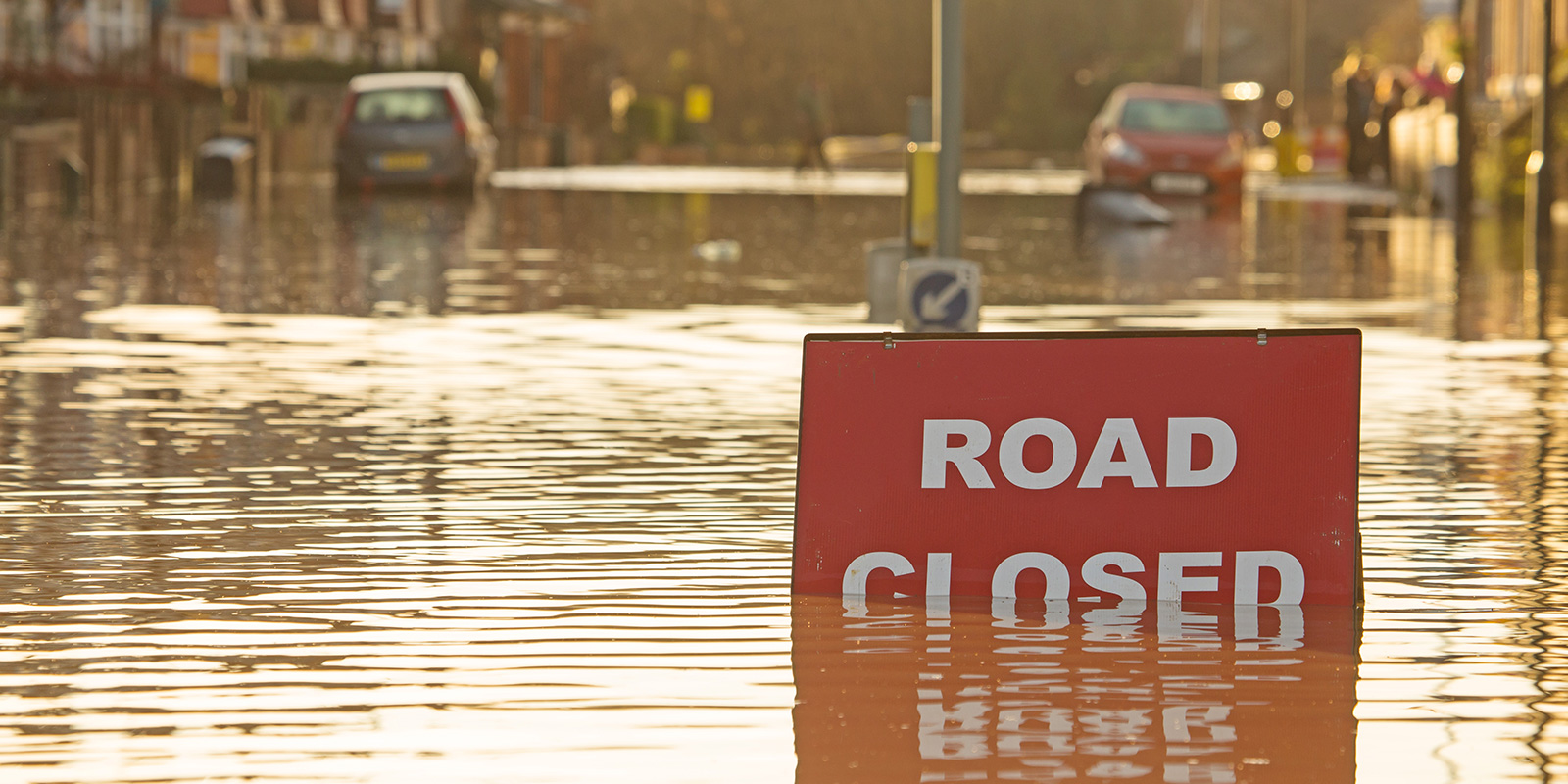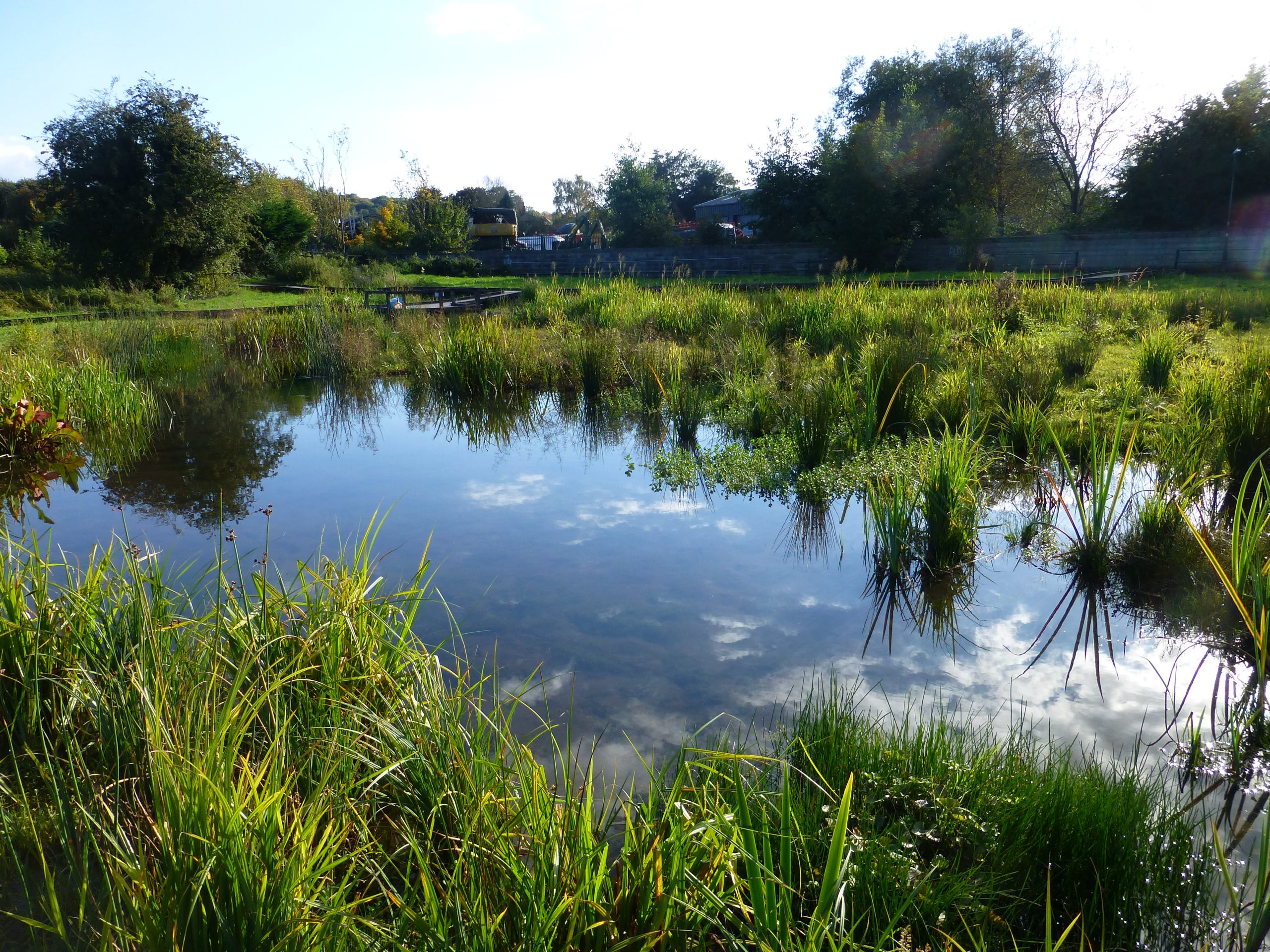Changes in water temperature, drought, flooding and water scarcity; the Thames and its tributaries, their wildlife and communities are facing the impacts of climate change.
The historic and current emission of greenhouse gases into the atmosphere are now one of the main challenges that the planet is facing.
It is now widely accepted that the current changes are a result of human activities, altering climate systems causing changes in the hydrological cycle, sea level rise, warmer temperatures, and more frequent and intense extreme weather events.
In spite of the efforts from the international community to mitigate climate change, the measures taken have not been enough to reduce emissions on time, and we are now starting to experience the impacts, including here in the Thames catchment.
The summer of 2022 clearly showed us what the future looks like in the UK. Below average rainfalls in the final months of 2021 and most of 2022 led to a prolonged state of drought in the region. It became England’s warmest summer on record, temperatures reaching 37.5 degrees during a prolonged heatwave. Southern England went into drought experiencing the driest July since records began in 1836. Our rivers, particularly the chalk streams remain at the time of writing (Nov 2022) in a state of low flow; this has a direct impact of many of the species that depend on cool, plentiful, unpolluted flow to survive.

The UK faces a real and growing risk of water shortages, especially in the south east of England; and with a growing population this issue is set to increase in the coming decades.
The Met Office projections indicate that we will have warmer winters and summers, which increases the risk of flash flooding. Urbanisation and construction in floodplain areas increases this risk, as the large impermeable concrete areas prevent the ground’s natural infiltration capacity. More frequent and intense floods have a direct impact on river health, as it increases runoff and combined sewage overflows (CSOs), increasing pollution pressures.
Unfortunately, the latest UN NDC Synthesis Report (2022) states that current national climate plans are insufficient to keep the global temperature rise below the target of 1.5⁰C, and that continuing at this rate will take us to 2.5 degrees Celsius of warming by the end of the century. In other words, climate change is here to stay, and we must do whatever we can to adapt to this changing environment.

What action is being taken?
In recent years, the policy and regulatory framework have been evolving to take account of the long-term challenges posed by climate change and population growth. The notions of climate change adaptation and resilience have been gaining relevance, which has important implications for the water environment.
To address the challenges of drought and water availability, in 2018 the assessment of the National Infrastructure Commission has proposed a ‘twin track’ approach — reducing demand while increasing supply — that would deliver additional capacity of 4,000 million litres per day by 2050. Leakage reduction, efficiency and metering, and new supply infrastructure could each provide around a third of the capacity required. At the 2019 Price Review, water companies agreed to reduce leakage by an average of 16 per cent by 2025 and to halve leakage by 2050. In addition, Ofwat allocated £469 million towards developing new supply solutions.
The EA’s National Framework for Water Resources (2020) lays out the scale of action needed to ensure resilient water supplies for all sectors, and an improved water environment. It explores how much of the need could be met by reducing demand for water and how much additional water is likely to be needed from new infrastructure, such as reservoirs, desalination plants and water transfers. This framework also marks a shift towards strategic regional planning by mandating the creation of regional plans that seek to build resilience to a range of uncertainties and future scenarios until at least 2050. Each plan is now being created by five established national groups. For the Thames Catchment, the group is Water Resources South East. The regional plans need to then be reflected in the water companies’ statutory Water Resource Management Plans. The first version of these plans will be released in 2023.
However, the last Infrastructure Progress Review (2022) of the National Infrastructure Commission indicates that even if this long-term approach has been adopted, it is not clear yet whether the plans in place will be enough to deliver the adaptation and resilience goals. The report also states that government, regulators, and industry are making progress on developing new supply infrastructure and on reducing leakage. But per capita consumption is not yet falling. This year, the government has taken a series of measures to reduce per capita consumption, although measures such as mandatory metering have not been adopted at national level yet. Overall, it is too soon to assess whether government and industry are on track to close the water deficit by 2050.

At the same time, to manage flooding and prepare for an uncertain future, in 2010 the Flood and Water Management Act 2010 mandated the Environment Agency to develop a National Flood and Coastal Erosion Risk Management (FCERM) Strategy for England. The 2020 revision of this strategy sets out a long-term vision that stretches until 2100, including also shorter-term practical measures that risk management authorities (RMAs) should take.
Protecting the health of the river and increasing flood resilience for communities
Many organisations in the region, including our hub partners have been taking positive action on the ground to increase the region’s resilience to climate change. Unsurprisingly, nature is one of our main allies in this task, which is why an increasing amount of projects that bring Nature-based Solutions (NbS) including green SuDS have come to the forefront of action together with hard infrastructure. NbS can increase biodiversity, slow the flow and increase water storage capacity in the natural environment, reducing transport of pollution to our rivers and increasing flood resilience (Natural Flood Management).






